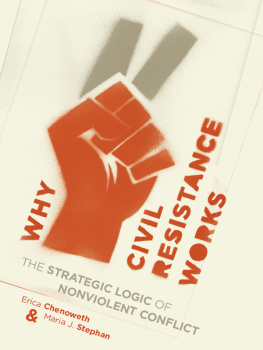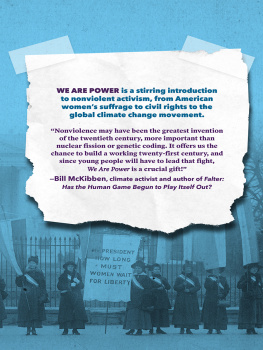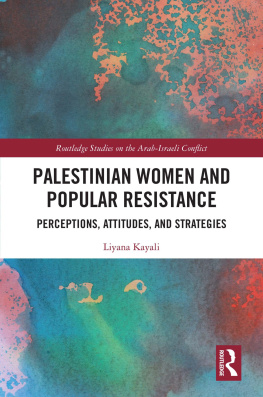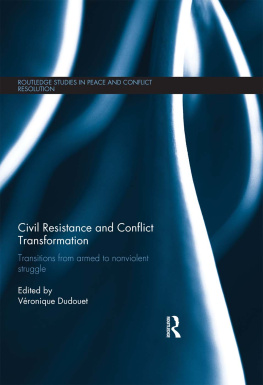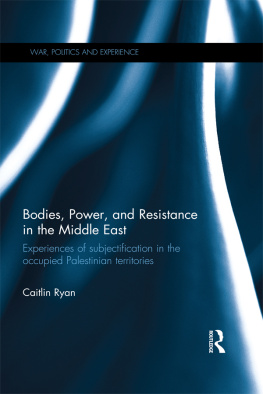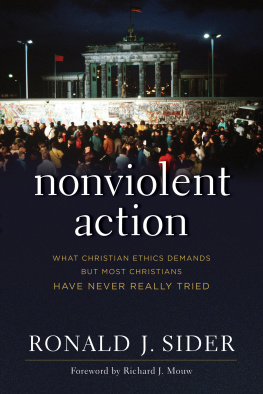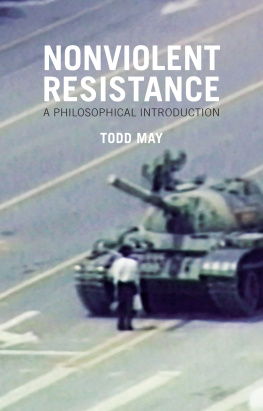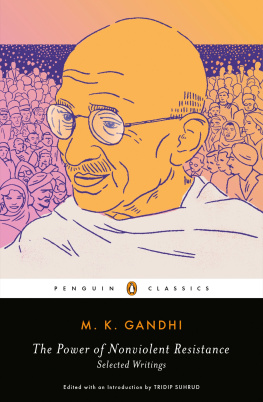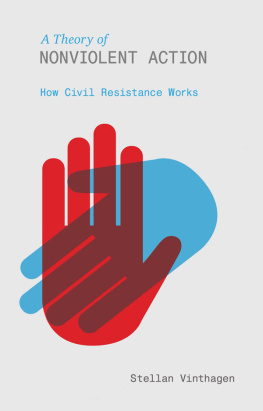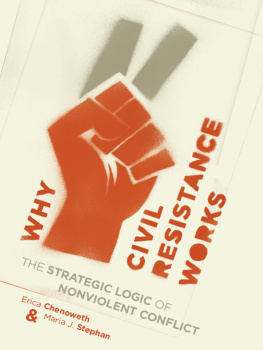WHY CIVIL RESISTANCE WORKS
COLUMBIA STUDIES IN TERRORISM AND IRREGULAR WARFARE
COLUMBIA STUDIES IN TERRORISM AND IRREGULAR WARFARE
Bruce Hoffman, Series Editor
This series seeks to fill a conspicuous gap in the burgeoning literature on terrorism, guerrilla warfare, and insurgency. The series adheres to the highest standards of scholarship and discourse and publishes books that elucidate the strategy, operations, means, motivations, and effects posed by terrorist, guerrilla, and insurgent organizations and movements. It thereby provides a solid and increasingly expanding foundation of knowledge on these subjects for students, established scholars, and informed reading audiences alike.
AMI PEDAHZUR , THE ISRAELI SECRET SERVICES AND THE STRUGGLE AGAINST TERRORISM
AMI PEDAHZUR AND A RIE PERLIGER , JEWISH TERRORISM IN ISRAEL
LORENZO VIDINO , THE NEW MUSLIM BROTHERHOOD IN THE WEST
WHY CIVIL RESISTANCE WORKS THE STRATEGIC LOGIC OF NONVIOLENT CONFLICT
ERICA CHENOWETH & MARIA J. STEPHAN
COLUMBIA UNIVERSITY PRESS NEW YORK
The views expressed in this book
do not represent those of the United States Government.
 COLUMBIA UNIVERSITY PRESSPublishers Since 1893
COLUMBIA UNIVERSITY PRESSPublishers Since 1893 NEW YORK CHICHESTER, WEST SUSSEX
cup.columbia.edu
COPYRIGHT 2011 COLUMBIA UNIVERSITY PRESS
All rights reserved
E-ISBN 978-0-231-52748-4
Library of Congress Cataloging-in-Publication Data
Chenoweth, Erica, 1980
Why civil resistance works : the strategic logic of nonviolent conflict / Erica Chenoweth and Maria J. Stephan.
p. cm. (Columbia studies in terrorism and irregular warfare)
Includes bibliographical references and index.
ISBN 978-0-231-15682-0 (cloth : alk. paper) ISBN 978-0-231-52748-4 (electronic)
1. Civil disobedience. 2. Nonviolence. I. Stephan, Maria J. II. Title. III. Series.
JC328.3.C474 2011
303.6'1dc22 2010037567
A Columbia University Press E-book.
CUP would be pleased to hear about your reading experience with this e-book at .
References to Internet Web sites (URLs) were accurate at the time of writing. Neither the author nor Columbia University Press is responsible for URLs that may have expired or changed since the manuscript was prepared.
COVER & INTERIOR DESIGN BY MARTIN N. HINZE
FOR MY FAMILY
E. C.
TO MY PARENTS AND BROTHER
M. J. S.
CONTENTS
FREQUENCY OF NONVIOLENT AND VIOLENT CAMPAIGN END YEARS |
NUMBER OF NONVIOLENT CAMPAIGNS AND PERCENTAGE OF SUCCESSES, 19402006 |
SUCCESS RATES BY DECADE, 19402006 |
RATES OF SUCCESS, PARTIAL SUCCESS, AND FAILURE |
SUCCESS RATES BY CAMPAIGN OBJECTIVE |
THE EFFECT OF PARTICIPATION ON THE PROBABILITY OF CAMPAIGN SUCCESS |
THE EFFECT OF PARTICIPATION ON SECURITY-FORCE DEFECTIONS |
PERCENTAGE OF CAMPAIGNS BY LOCATIONS POLITY SCORE |
PERCENTAGE OF CAMPAIGNS BY LOCATIONS RELATIVE POWER |
RATES OF CAMPAIGN SUCCESS BY REGION |
THE EFFECT OF RESISTANCE TYPE ON PROBABILITY OF DEMOCRACY |
TWENTY-FIVE LARGEST RESISTANCE CAMPAIGNS, 19002006 |
THE EFFECT OF NONVIOLENT RESISTANCE ON NUMBER OF PARTICIPANTS |
THE EFFECT OF NONVIOLENT RESISTANCE ON MECHANISMS |
THE EFFECTS OF MECHANISMS ON THE PROBABILITY OF SUCCESS |
THE EFFECTS OF STRUCTURAL FACTORS ON CAMPAIGN OUTCOMES |
DISTRIBUTION OF VIOLENT AND NONVIOLENT CAMPAIGN OUTCOMES BY CAMPAIGN OBJECTIVE |
THE EFFECT OF VIOLENT RESISTANCE ON CAMPAIGN SUCCESS |
CASE SELECTION |
THE NONVIOLENT AND VIOLENT IRANIAN CAMPAIGNS COMPARED |
PALESTINIAN DISTURBANCES IN THE WEST BANK AND GAZA STRIP, 19881992 |
THE NONVIOLENT AND VIOLENT PALESTINIAN CAMPAIGNS COMPARED, 19871992 |
THE NONVIOLENT AND VIOLENT PHILIPPINE CAMPAIGNS COMPARED |
THE NONVIOLENT AND VIOLENT BURMESE CAMPAIGNS COMPARED |
CASE STUDY SUMMARY OF NONVIOLENT CAMPAIGNS |
THE EFFECT OF RESISTANCE TYPE ON POSTCONFLICT DEMOCRACY |
THE EFFECT OF RESISTANCE TYPE ON PROBABILITY OF POSTCONFLICT CIVIL WAR ONSET |
NONVIOLENT CAMPAIGNS |
VIOLENT CAMPAIGNS |
IT IS IMPOSSIBLE to recollect all the people from whom I received inspiration, assistance, and unwavering support while re-searching and writing this book. But I wish to recognize a few, with additional thanks to those not mentioned here.
First are my colleagues at the International Center on Nonviolent ConflictPeter Ackerman, Jack DuVall, Hardy Merriman, Althea Middleton-Detzner, Maciej Bartkowski, Daryn Cambridge, and Vanessa Ortizall of whom have believed in and supported this project from the very start. They introduced me to the topic and to Maria, and I gratefully acknowledge the financial support that made the study possible. I also thank Stephen Zunes, Doug Bond, Cynthia Boaz, and Kurt Schock for their comments on the research.
The cohort of scholars I met during two years at the Belfer Center at Harvards Kennedy School of Government helped the project take off. To Ivan Arregun-Toft, Boaz Atzili, Kristin Bakke, Emma Belcher, Nik Biziouras, Tom Bielefeld, Jonathan Caverley, Fotini Christia, David Cunningham, Kathleen Cunningham, Erik Dahl, Alexander Downes, Ehud Eiran, Emily Greble, Kelly Greenhill, Mike Horowitz, Matthew Kocher, Sarah Kreps, Matthew Kroenig, Adria Lawrence, Jason Lyall, Steve Miller, Assaf Moghadam, Jonathan Monten, Harris Mylonas, Wendy Pearlman, Phil Potter, Scott Radnitz, Elizabeth Saunders, John Schuessler, Tammy Smith, Monica Toft, and Stephen Walt: your brilliance continues to awe and humble me.
Matthew Fuhrmann gave up four days of his vacation during July 2009 to fly across the country and help me resolve seemingly intractable problems from data structure to simultaneous equations. I can only hope to emulate his selflessness and clarity of mind as my career progresses.
I also appreciatively acknowledge the continued support of colleagues at the University of Colorado. Colin Dueck, Steve Chan, David Leblang, and Jennifer Fitzgerald are excellent mentors. Special thanks go to Susan Clarke. Everyone lucky enough to know Susan is familiar with her dedication to mentoring young scholars and the enthusiasm with which she challenges us intellectually while simultaneously advocating for us professionally. My classmates at the University of Colorado have also proved to be some of my most valued colleagues. I owe Jessica Teets, Orion Lewis, Michael Touchton, Helga Sverrisdttr, and Marilyn Averill a great debt for helping me mature intellectually, and I look forward to our continued collaborations. Thanks also to my earlier mentors at the University of Dayton, including Margaret Karns, David Ahern, Jaro Bilocerkowycz, Gerald Kerns, and Mark Ensalaco.
The Institute of International Studies at the University of California, Berkeley, provided me with a scholarly home away from home from 2007 to 2009. I am especially indebted to Ned Walker, Regine Spector, and Brent Durbin, who provided useful feedback at various stages of the project.

